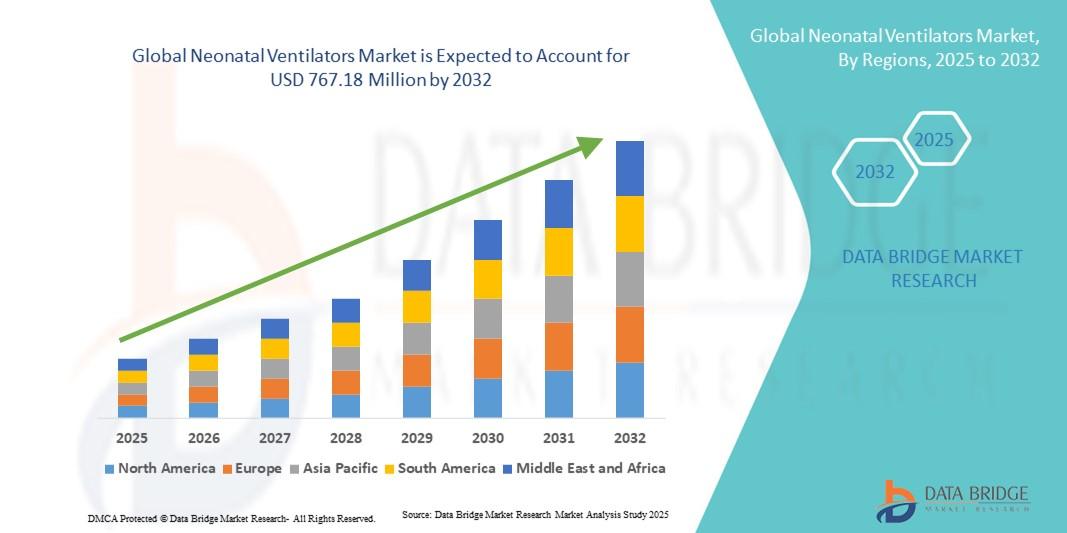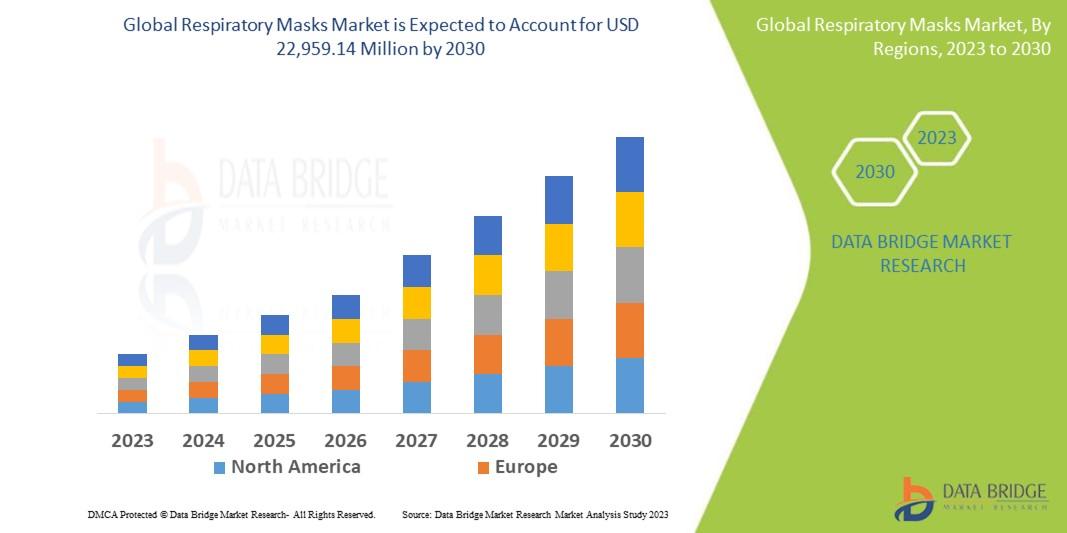Cristobalite Market Analysis: Unlocking Key Insights for Investors

The Cristobalite Market is witnessing significant growth as industries increasingly seek high-performance raw materials for construction, automotive, ceramics, and industrial manufacturing. Cristobalite, a high-purity silica polymorph, is prized for its superior whiteness, consistent particle size, low resin absorption, and excellent thermal stability. These attributes make it essential in engineered stone, coatings, plastics, refractories, and investment casting. The increasing demand for advanced materials in construction and manufacturing is driving global adoption and expanding the overall market landscape.
Engineered stone remains the primary application segment, with demand spurred by the growing trend for premium countertops, flooring, and wall panels. Cristobalite enhances brightness, improves structural integrity, and reduces resin consumption, which makes engineered stone both cost-effective and visually appealing. Additionally, the industrial and automotive sectors rely on cristobalite-enhanced coatings and fillers for improved scratch resistance, chemical stability, and thermal performance.
Ceramics and technical refractories also contribute to market growth. Cristobalite ensures dimensional stability, uniform thermal expansion, and structural consistency in ceramic bodies, which is crucial for both traditional and advanced industrial applications. In investment casting, the material provides molds that maintain dimensional accuracy under extreme temperatures, particularly in aerospace, automotive, and machinery manufacturing.
The Cristobalite market analysis highlights the importance of evaluating market drivers, restraints, and opportunities. Key factors influencing growth include rapid urbanization, rising construction activity, adoption of engineered stone, and expansion of industrial production. Regional variations, raw material availability, and technological advancements further shape market performance. Asia-Pacific dominates consumption due to industrial expansion and infrastructure modernization, while Europe and North America focus on high-quality ceramics, coatings, and precision casting applications.
Sustainability is another crucial aspect of market evolution. Manufacturers are adopting eco-friendly extraction methods, energy-efficient kilns, and dust-control technologies to meet stringent environmental regulations. Compliance with global silica standards ensures that production remains safe, sustainable, and aligned with modern industrial practices.
Competitive strategies such as capacity expansion, innovation in particle refinement, and supply chain optimization are helping companies stay ahead. Tailored cristobalite grades for different industrial applications enhance product performance, creating opportunities for differentiation. Moreover, collaboration with downstream manufacturers, particularly in engineered stone and ceramics, ensures alignment with evolving market needs.
The Cristobalite Market is projected to continue its upward trajectory as technological advancements, sustainability initiatives, and increasing industrial demand shape its future. Companies that integrate advanced manufacturing techniques, strategic regional operations, and targeted product development are well-positioned to capitalize on market growth opportunities.
Browse More:
Subsea Thermal Insulation Material Market Size
Sustainable Adhesive Market Growth




